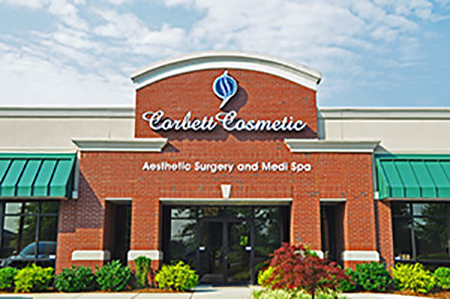After a Louisville Tummy Tuck, the question of an overnight stay vs. going home frequently comes up.
Reasons to stay: A tummy tuck, aka Abdominoplasty, is a pretty big operation. They typically take 2 or 3 hours or longer. My take on staying is that it provides for good nursing care which translates into pain control and early mobility which helps keep complications at bay. The cost is minimal in the overall scheme of things and a lot of surgeons think it’s safer.
Reasons to go home: You won’t get woken up all night, you can be in your own bed, and you might simply hate hospitals. It does save a little money. We give you narcotics and I use pain pumps so a lot of patients don’t feel like they need to stay for pain control reasons.
In the end, there are no set rules. I let some folks go home and ask others to stay. A recent study published in the Plastic and Reconstructive Journal looked at this question and found that complications were no higher for the patients who went home vs. the ones who stayed overnight.
Lee Corbett, MD
www.CorbettCosmeticSurgery.com
all posts on the blog are presented by Louisville Tummy Tuck surgeon, Dr. Lee Corbett



